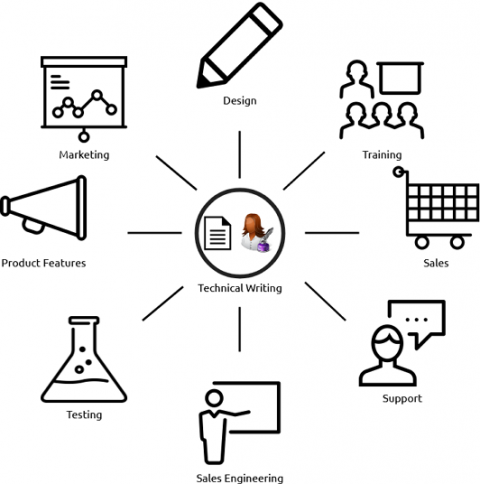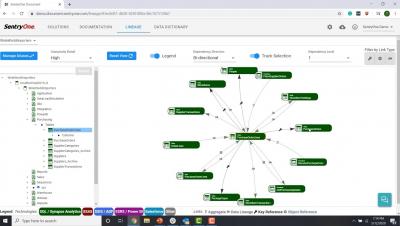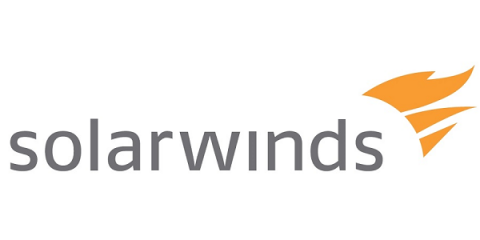Is Your Home Built to Last? Investing in Cloud-Based ITSM for a More Secure Tomorrow
Buying a home requires thoughtful planning and takes a significant amount of time and resources. Beyond your list of must-haves, you’ve likely kept tabs on houses of interest to you, the state of the market, how safe the neighborhood is, and more. Another factor in your decision is how the house is equipped to grow with you—will it continue to meet your needs in the next five years? It’s critical to establish a sound foundation that works for you today and in the future.










